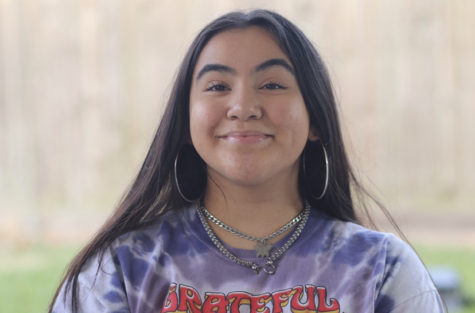Racism Can’t Go Both Ways
Reverse racism is a myth. Here’s why.
A black man and a white man trying to see things eye to eye.
Racism against white people, or reverse racism, is a phrase often used when white people feel attacked or discriminated against. Although assumptions and stereotypes affect white people, simple prejudice does not equate to racism. White people cannot fall victim to the very system that was created and upheld to serve them.
The suffix of the word racism implies there is a system of racial hierarchy put into place by those in power, in this case, white people. Racism is built on white supremacy and privilege and stems from years of systematic and institutionalized mistreatment, something white people have not experienced. White people hold a place of power socially, economically, and politically, and were never portrayed in a way to make them appear in any way less simply because of their whiteness.
Racism against people of color, especially systemic racism, hurts more than just their feelings. Systemic racism affects people of color’s ability to get affordable housing and quality healthcare. It also gives people of color a disadvantage in the justice system. You hear countless stories of police shooting innocent black people for the sole fact that they “looked threatening”. White people have a lesser chance of worrying about experiencing that, and even if it does happen, they have a better chance at attaining justice for the crimes committed against them.
Though white people are not responsible for the actions of their ancestors and may not explicitly or intentionally contribute to racial oppression, they still benefit from the racial hierarchy they’ve created.

Camdyen Tate, or Cam, is a senior and it's her third year and final on staff. She loves photography and fashion, and plans on going to Howard University...

Angela Robles is in her senior year, this is her first year as a Wrangler staff member. She enjoys drawing, listening to music, and watching movies in...



